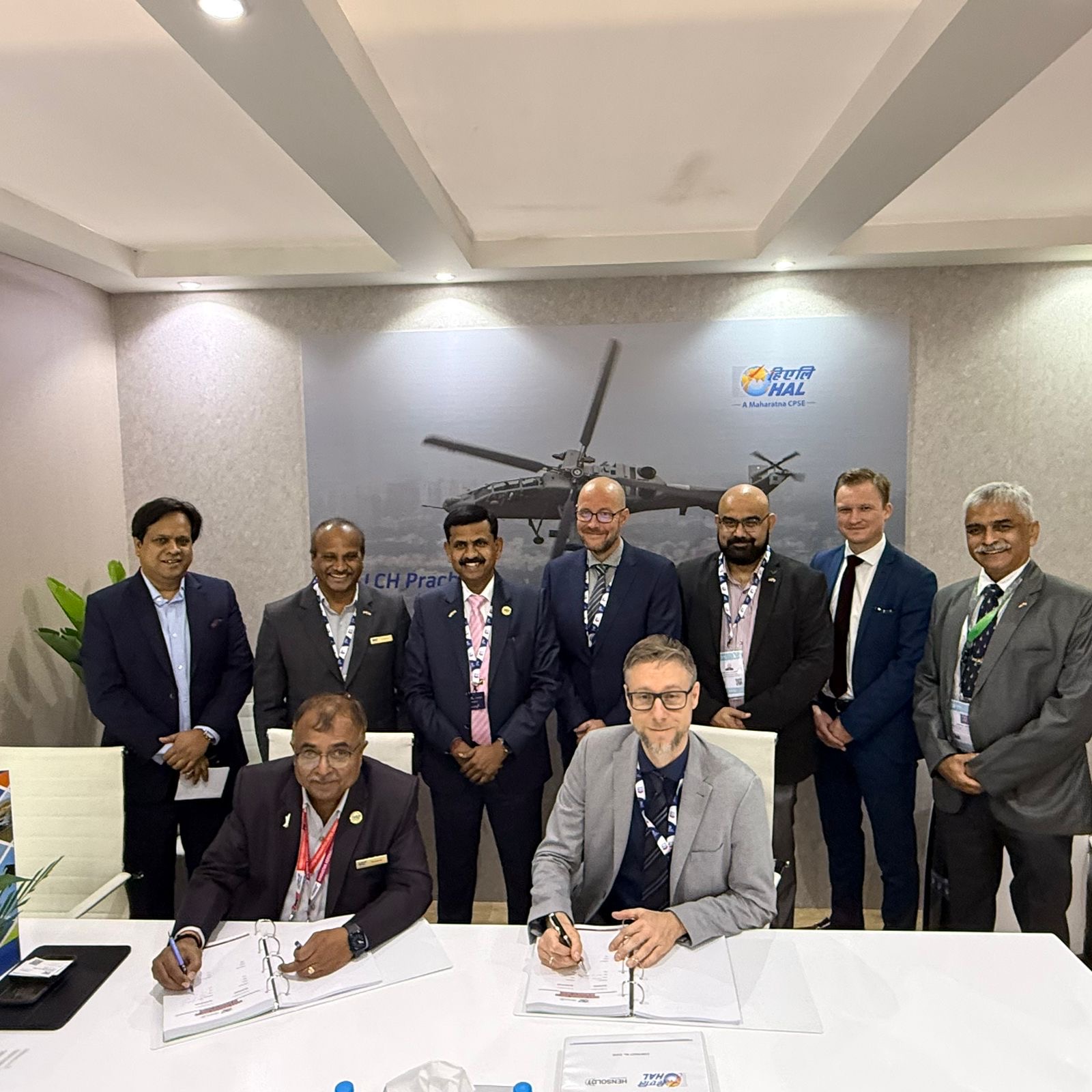In a significant development, India and Germany have deepened their defence industrial collaboration with a high-value technology transfer agreement focused on helicopter safety. Hindustan Aeronautics Limited (HAL) and Germany’s HENSOLDT Sensors have agreed to jointly develop, produce, and sustain a LiDAR-based Obstacle Avoidance System (OAS) along with a Degraded Visual Environment (DVE) suite for Indian military helicopters.
Under the pact, HENSOLDT will transfer critical intellectual property-ranging from design know-how to manufacturing and repair capability-to HAL. This move empowers HAL not just to integrate, but to indigenously manufacture these advanced safety systems in India. Moreover, HAL will gain global export rights for this technology, positioning the company to serve international markets.
The LiDAR OAS, paired with a DVE computer, delivers real-time situational awareness and synthetic vision, enabling helicopter crews to detect and avoid obstacles such as power lines, towers, cables, and terrain-especially under dangerous conditions of low visibility, brownout, or whiteout. This system is engineered to sharply reduce the risk of controlled flight into terrain (CFIT), a major safety concern in rotary-wing operations.
Initially, the system will be integrated into HAL’s Light Combat Helicopter (LCH) fleet, with future plans for alignment on the Advanced Light Helicopter (ALH) and other platforms. By localising production and design, the deal significantly strengthens India’s aerospace ecosystem and furthers the government’s drive for self-reliance in defence technology, while also enabling India to become one of the few countries with sovereign LiDAR-based helicopter safety capability.
Strategically, the agreement marks one of the most substantial defence technology transfers between India and Germany in decades, reflecting growth in mutual trust and a shared vision for future aerospace collaboration. It also signals that India is increasingly becoming a hub for high-end sensor technology development, aligning with national goals of “Make in India” and boosting its export footprint.
